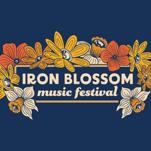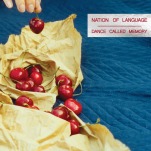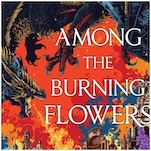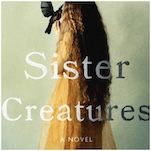Tasting: 2 Stellum Black “Specialty Blend” Whiskeys (Bourbon, Rye)
Photos via Barrell Craft Spirits, Stellum Spirits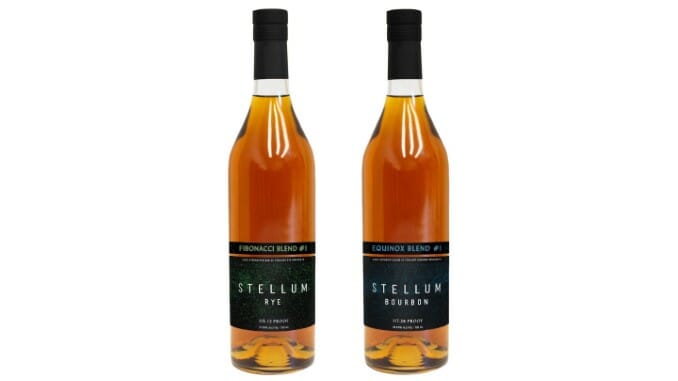
If there’s one thing that the world of American whiskey can always be said to need, it’s more high-value bottles on the shelf. At a time when price gouging tends to be running rampant, these types of bottles are our lifelines, a key component to anchoring us to the always hard-to-define and quantify concept of relative value. With runaway inflation always a factor, these types of brands are more important than ever, which is one of the reasons I was happy to see Barrell Craft Spirits first unveil its Stellum brand in 2021.
The core Stellum brand is essentially a way to take the central business model of Barrell Craft Spirits—sourcing whiskey from all over the country to make complex, cask strength blends—and do it in a way that offers more value and bang for your buck. Whereas a typical numbered Barrell Bourbon release will have an MSRP around $100, Stellum Bourbon and Stellum Rye hit the shelf at a mere $55, while retaining the cask strength punchiness. Naturally, they traded their age statements for that lower price point, but affordable barrel proof bourbon is one of the hardest things to get in this industry today, so I was all for it. In fact, Stellum Rye ended up in a place of honor on our list of the best whiskeys of 2021.
The release of Stellum Black, at the beginning of 2022, however, I found a bit more inherently confusing. This is a premiumized version of the Stellum label, itself meant to be a more accessible version of Barrell. Stellum Black Bourbon and Rye, on the other hand, carried MSRPs almost identical to average Barrell releases, begging the question of how these two series were really ideologically separate from each other. The liquid was delicious, but it needed a bit more to set it apart.
And with this newest release, I have a feeling that some of the folks at Barrell/Stellum might be feeling similarly. The Stellum Black brand has been subtly rebranded, now being referred to as “Stellum Black Specialty Blends,” with a stated purpose of being “ongoing limited releases which incorporate rare barrels to create limited edition bourbons and ryes that deliver robust flavor alongside profound complexity.” They still carry a $100 MSRP, but the bourbon and rye each now have a series of their own—the bourbon is now known as Equinox Blend #1, while the rye is Fibonacci Blend #1. The company says they’re drawn from “a blend of Indiana bourbon/rye, which is then layered with older bourbons/ryes from Kentucky and Tennessee creating a unique everyday whiskey.” The brands are both still bottled at cask strength.
This move opens up a few options for Stellum. If the response to Equinox Blend #1 Bourbon and Fibonacci Blend #1 Rye are good, the company can simply release #2 batches for each. Or they can go a more Barrell-like route by making the next batches completely different. Regardless, it seems clear that Stellum Black as a concept is still somewhat in flux, but it feels like it’s inching closer to an identity of its own.
With that said, let’s get to tasting Equinox Blend #1 and Fibonacci Blend #1!
Stellum Black Equinox Blend #1 BourbonMSRP: $99
ABV: 58.63% (117.26 proof)
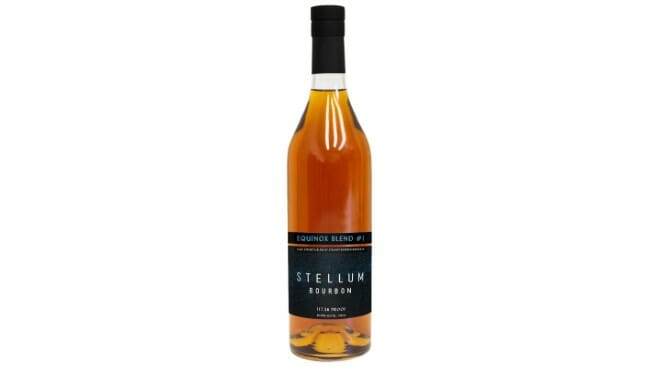
In the company’s words: “This inaugural release of the Equinox Blend was created using Stellum Bourbon. The team slowly layered in rare sets of bourbon barrels, step by step, until the evening of the Vernal Equinox, when the blend was completed in honor of the changing seasons and bottled at cask strength.”
On the nose, this one has a lot of juicy citrus going for it, chocolate-covered mandarin oranges along with candied almond or hazelnut. It smells pretty sweet, awash in rich notes of brown sugar and vanilla, while the alcohol heat is pleasantly mild for the pretty sturdy 117 proof. On the palate, I’m getting tons of cinnamon brown sugar, with warm caramel, sweet corn and milk chocolate. There are traces of dark fruit, but it really feels like a showcase for the sweet caramelized sugar notes and cinnamon sugar, along with more of that cocoa orange. Very accessible, and quite easy to drink neat for this proof point, this one leans toward the dessert side of the spectrum, but in a very delicious way. It feels like a bigtime crowd pleaser to me; the kind of bourbon that practically any whiskey geek would thoroughly enjoy. If this is meant to be the Equinox Blend profile, I certainly wouldn’t mind seeing it return for Blend #2.
Stellum Black Fibonacci Blend #1 Rye WhiskeyMSRP: $99
ABV: 57.56% (115.12 proof)
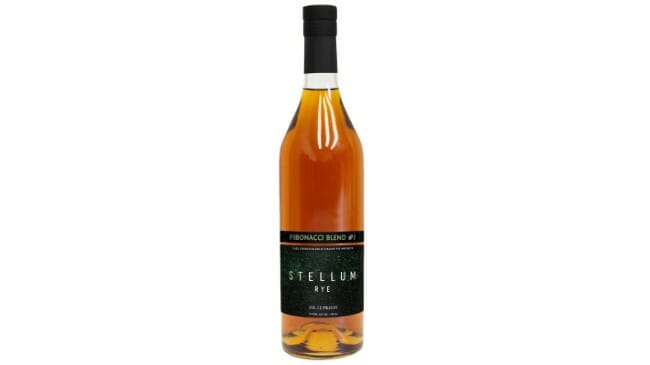
In the company’s words: “This release celebrates the Fibonacci sequence, a series of numbers, each the sum of the two previous numbers. Six separate rye blends were combined in accordance with this sequence. Just like so many other presentations of Fibonacci, the blend that it produced was both balanced and beautiful. Bottled at cask strength.”
I was a big fan of the first Stellum Black Rye release in particular, so I went into Fibonacci Blend #1 likely hoping for more of the same. And although it does have some similarities, I found this release to also differ pretty substantially.
On the nose, this one evokes an almost black tea maltiness and earthiness, along with notes of caramel candies, lumber, delicate rye spice, pepper and caraway, along with hints of dark fruit. There’s enough rye presence to mark this as rye whiskey on the nose to most observers, though I don’t think it’s quite as punchy in that department as the first Stellum Black Rye release. It does seem a bit hotter on the nose than the Equinox Blend #1 bottle, which is also true of the palate. Here, I’m getting mint, rye spice and sweeter elements—a sweet green herbaceousness that is also quite earthy, with hints of tobacco/cigar. The blend is simultaneously lifted by a brighter red fruitiness, however, almost evoking tart cranberry. There’s also some roastiness and ash here—in general, a lot going on. The rye spice is present, but it’s been thoroughly mingled up in a profile that celebrates earthiness and herbal notes.
Jim Vorel is a Paste staff writer and resident beer and liquor geek. You can follow him on Twitter for more drink writing.










